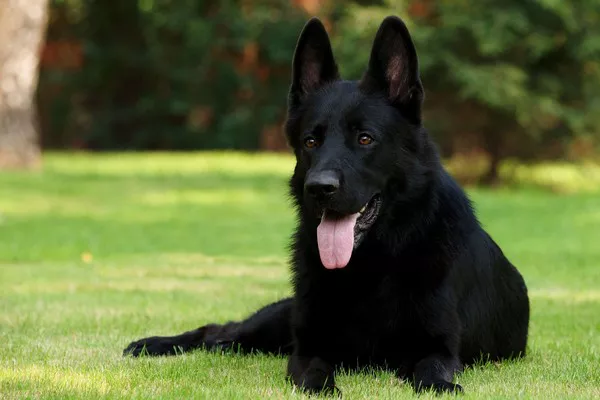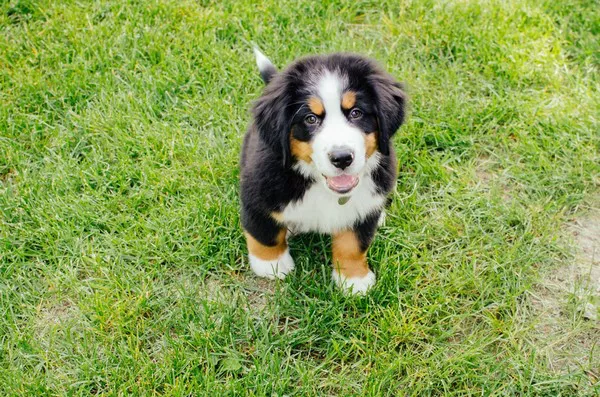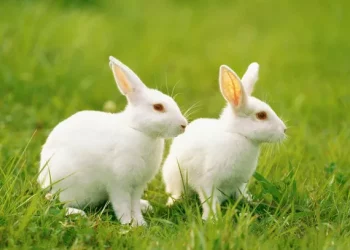Klee Kais are a unique and charming breed known for their small size and lively personality. If you are considering bringing a Klee Kai into your home or already have one, understanding their growth pattern is essential. This knowledge helps ensure proper care and feeding and prepares you for their adult size and development milestones. In this guide, we will explore when Klee Kais stop growing, factors influencing their growth, and tips to support their healthy development.
Understanding the Klee Kai Breed
The Alaskan Klee Kai is a relatively new breed developed in the 1970s to resemble a smaller version of the Alaskan Husky. These dogs come in three sizes: Toy, Miniature, and Standard, with weights ranging from about 5 to 22 pounds depending on the size category. Their compact stature, combined with their striking appearance and alert temperament, makes them increasingly popular among dog enthusiasts. However, because they are a smaller breed, their growth stages differ from larger dogs.
Growth Timeline of Klee Kais
Klee Kais experience most of their physical growth within the first year of life, with significant changes occurring between 3 and 9 months of age. Typically, by the time they reach one year, they have achieved the majority of their adult height. However, some may continue to fill out and gain muscle mass slightly beyond this period. Generally, Klee Kais stop growing in height between 9 and 12 months, but full physical maturity, including muscle development and bone density, may take up to 18 months.
Factors Influencing Growth Rate
Several factors influence how quickly and fully a Klee Kai grows. Genetics play a major role, as puppies inherit size tendencies from their parents. Nutrition is also critical; a balanced diet rich in protein, vitamins, and minerals supports healthy growth. Additionally, overall health and exercise routines impact development—puppies with frequent activity and proper veterinary care tend to grow into well-formed adults. Environmental conditions, such as stress levels and living space, can also affect growth indirectly by influencing appetite and energy levels.
Differences in Growth Among Klee Kai Sizes
Due to the breed’s size variations—Toy, Miniature, and Standard—the age at which they stop growing can differ slightly. Toy Klee Kais, being the smallest, typically complete their growth sooner, often around 8 to 10 months. Miniature Klee Kais may take a little longer, closer to 10 to 12 months, to finish growing. Standard Klee Kais, being the largest, often take the full year or slightly longer to reach their adult height and weight. Understanding these differences can help owners set realistic expectations.
Signs Your Klee Kai Has Stopped Growing
Recognizing when your Klee Kai has reached full size involves observing physical and behavioral cues. Physically, their growth plates close, meaning no further lengthening of bones occurs, which a veterinarian can confirm through X-rays. You may notice your dog’s paws stop growing, and their height remains stable over several months. Behaviorally, fully grown Klee Kais often display increased coordination and muscle control. Monitoring these signs can assure you that your dog has reached its mature size.
Nutrition’s Role in Growth and Development
Feeding your Klee Kai an appropriate diet during its growth phase is vital to ensure healthy development. Puppies need food formulated specifically for growth, containing higher protein levels and essential nutrients to support bone, muscle, and organ development. Overfeeding or underfeeding can cause growth abnormalities or obesity, both detrimental to long-term health. Always consult with a veterinarian to select a balanced diet and feeding schedule tailored to your puppy’s age, size, and activity level.
Exercise and Physical Activity for Growing Klee Kais
Regular exercise plays a crucial role in a Klee Kai’s growth and overall well-being. Moderate, age-appropriate activity helps develop muscle tone, coordination, and cardiovascular health. However, it is important to avoid excessive or high-impact exercise, especially before their bones fully mature, as it could lead to joint problems or injuries. Controlled playtime, short walks, and mental stimulation activities are recommended during their growth stages to ensure balanced development.
Veterinary Care and Monitoring Growth
Routine veterinary check-ups are essential during your Klee Kai’s growth phase. A vet can monitor weight, height, and overall health to identify any developmental concerns early on. They may perform growth plate evaluations via X-rays if growth abnormalities are suspected. Vaccinations, parasite control, and dental care are also critical to support a healthy, growing puppy. Establishing a good relationship with your vet ensures you receive guidance on growth milestones and care best practices.
Common Growth Issues in Klee Kais
Though generally healthy, Klee Kais can sometimes face growth-related problems. Nutritional imbalances, such as calcium deficiency or excess, can affect bone formation. Genetic conditions like patellar luxation (dislocated kneecap) or hip dysplasia, while less common in small breeds, may still occur and impact mobility. Early detection through veterinary exams helps manage these issues effectively. Providing a safe environment, balanced diet, and appropriate exercise minimizes the risk of growth complications.
Transitioning from Puppy to Adult Klee Kai
As your Klee Kai transitions from puppyhood to adulthood, their care routine should evolve accordingly. Puppy food is gradually replaced by adult dog food around 12 months of age, coinciding with the end of the growth phase. Training and socialization continue to be important to develop good behavior and mental maturity. Understanding that your dog may still be filling out in muscle and weight after height growth ceases helps set realistic expectations during this phase.
How to Support Optimal Growth in Your Klee Kai
Supporting your Klee Kai’s optimal growth involves several key practices. First, provide consistent, high-quality nutrition tailored to their size and age. Maintain regular veterinary visits to track growth progress and prevent health issues. Ensure balanced physical activity with opportunities for exercise and play that match their developmental stage. Finally, provide a loving, low-stress environment to promote healthy mental and emotional growth, which indirectly supports physical well-being.
When to Consult a Veterinarian About Growth Concerns
If you notice your Klee Kai growing significantly slower or faster than expected, or if they show signs of pain, limping, or deformities, consulting a veterinarian is crucial. Other concerns include failure to gain weight, abnormal appetite, or behavioral changes like lethargy. Early veterinary intervention can diagnose underlying issues and provide treatment plans that improve outcomes. Do not delay seeking professional advice if you are uncertain about your dog’s growth progress.
Summary
In summary, Klee Kais generally stop growing in height between 9 and 12 months but continue to mature physically until about 18 months. Growth rates differ depending on size classifications within the breed, and factors like genetics, nutrition, exercise, and health care influence their development. Proper feeding, moderate exercise, and routine veterinary care ensure your Klee Kai reaches its full potential in size and health. Observing growth signs and consulting professionals when needed will help you raise a happy, healthy adult Klee Kai.
FAQs About Klee Kai Growth
Q: How tall do Klee Kais get when fully grown?
A: Adult Klee Kais range from approximately 10 to 17 inches tall depending on their size classification.
Q: Can a Klee Kai puppy grow suddenly after a slow start?
A: Growth spurts are common, but dramatic changes should be monitored to ensure they’re healthy.
Q: Is it normal for Klee Kais to gain weight after they stop growing?
A: Yes, muscle development and weight gain can continue for several months after height growth ends.
Q: When should I switch my Klee Kai from puppy food to adult food?
A: Typically around 12 months, but consult your vet for personalized advice.
Related Topics:























